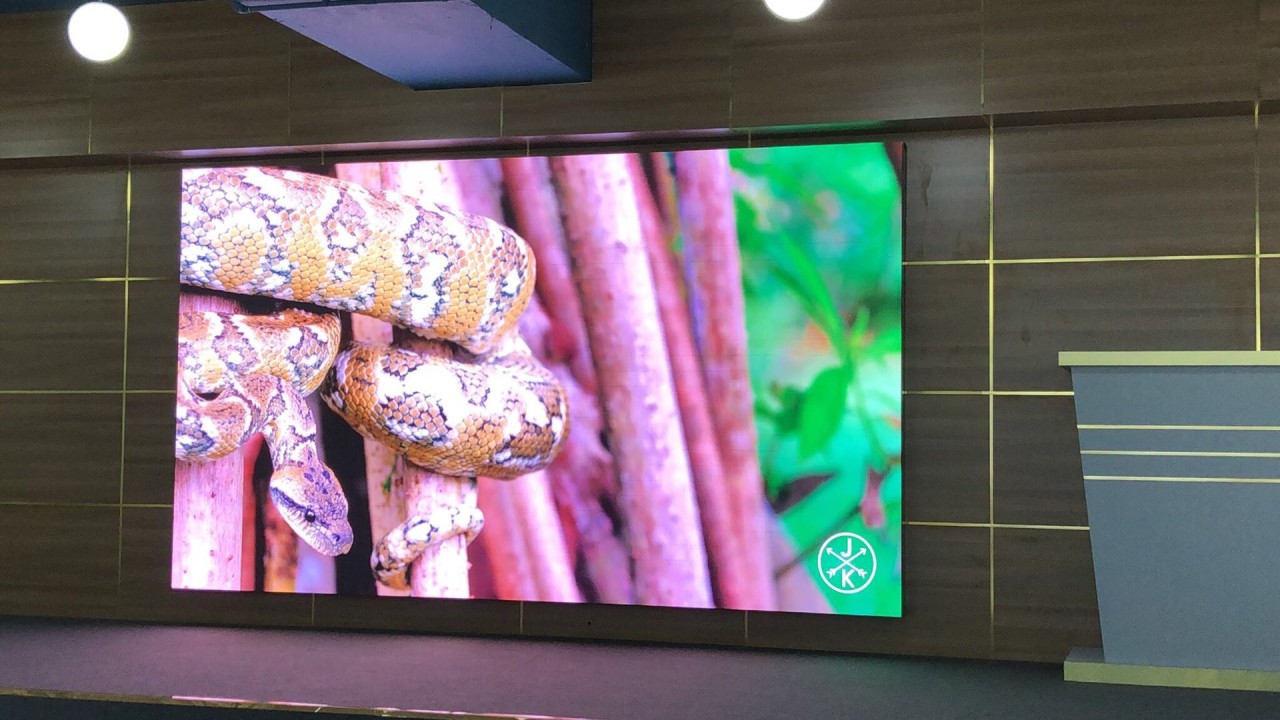
How to Choose the Right LED Screen: A Comprehensive Guide
Choosing the right LED screen can be a daunting task, whether you’re looking to enhance your home entertainment system, upgrade your business’s digital signage, or create an immersive experience at an event. With so many options available, it’s essential to understand what factors to consider to ensure you make an informed decision. In this guide, we’ll walk you through the key elements to consider when selecting the perfect LED screen for your needs.
1. Determine Your Purpose
Before diving into technical specifications, it’s crucial to define the primary purpose of your LED screen. Are you looking for a screen for:
- Home entertainment: For watching movies, sports, and gaming.
- Business use: For digital signage, presentations, and advertisements.
- Events and venues: For concerts, conferences, and public displays.
- Outdoor use: For billboards, stadiums, and outdoor advertising.
Understanding the primary use will help narrow down the options and focus on screens designed for your specific application.
2. Consider the Viewing Distance
The viewing distance is a critical factor in choosing an LED screen. The distance between the screen and the viewers will determine the appropriate pixel pitch, which is the distance between the centers of two adjacent pixels. A smaller pixel pitch results in higher resolution and is ideal for closer viewing distances. Here are some general guidelines:
- 0.9mm to 2.5mm: Suitable for short distances (indoor use, less than 10 feet).
- 2.6mm to 5mm: Suitable for medium distances (indoor and outdoor use, 10 to 30 feet).
- 5mm and above: Suitable for long distances (outdoor use, more than 30 feet).
3. Evaluate the Screen Size
The size of the LED screen should align with its intended use and viewing distance. Larger screens are better suited for larger audiences and longer viewing distances, while smaller screens are ideal for more intimate settings. Consider the dimensions of the space where the screen will be installed to ensure it fits appropriately.
4. Assess the Brightness and Contrast
Brightness and contrast are vital for image quality, especially in different lighting conditions:
- Indoor screens: Typically require lower brightness levels (around 800-1500 nits) as they are not exposed to direct sunlight.
- Outdoor screens: Need higher brightness levels (2500 nits and above) to ensure visibility in bright sunlight.
- Contrast ratio: Higher contrast ratios provide deeper blacks and more vibrant colors, enhancing the overall viewing experience.
5. Check the Refresh Rate
The refresh rate, measured in hertz (Hz), indicates how often the image on the screen is updated per second. A higher refresh rate results in smoother motion and is particularly important for applications involving fast-moving content, such as sports or live events. Look for screens with a refresh rate of at least 60Hz, though 120Hz or higher is preferable for the best performance.
6. Consider the Installation Environment
The environment where the LED screen will be installed plays a significant role in your decision:
- Indoor environments: Require screens designed to operate within controlled temperature and humidity ranges.
- Outdoor environments: Demand weather-resistant screens with IP65 or higher ratings to withstand rain, dust, and extreme temperatures.
7. Evaluate Connectivity Options
Ensure the LED screen supports the necessary connectivity options for your setup. Common inputs include HDMI, DVI, VGA, and USB. For advanced setups, you may need screens with network connectivity, wireless capabilities, or integrated media players.
8. Look for Energy Efficiency
Energy-efficient LED screens can significantly reduce operating costs, especially for large installations or continuous use. Check the screen’s power consumption specifications and look for features such as automatic brightness adjustment to save energy.
9. Consider the Manufacturer’s Reputation and Support
Choose a reputable manufacturer known for high-quality products and reliable customer support. Check reviews, ask for recommendations, and ensure the manufacturer offers a solid warranty and after-sales service.
10. Set a Budget
Finally, determine your budget. While it’s important to find a cost-effective solution, don’t compromise on essential features and quality. Investing in a high-quality LED screen can provide better performance and longevity, ultimately saving you money in the long run.
Conclusion
Selecting the right LED screen involves careful consideration of various factors, from the intended use and viewing distance to brightness, size, and budget. By understanding these key elements and evaluating your specific needs, you can make an informed decision that ensures a superior viewing experience and maximum return on investment.
Ready to find the perfect LED screen for your needs? Contact [Your Company Name] today for expert advice and a wide range of high-quality LED screens tailored to meet your requirements.










